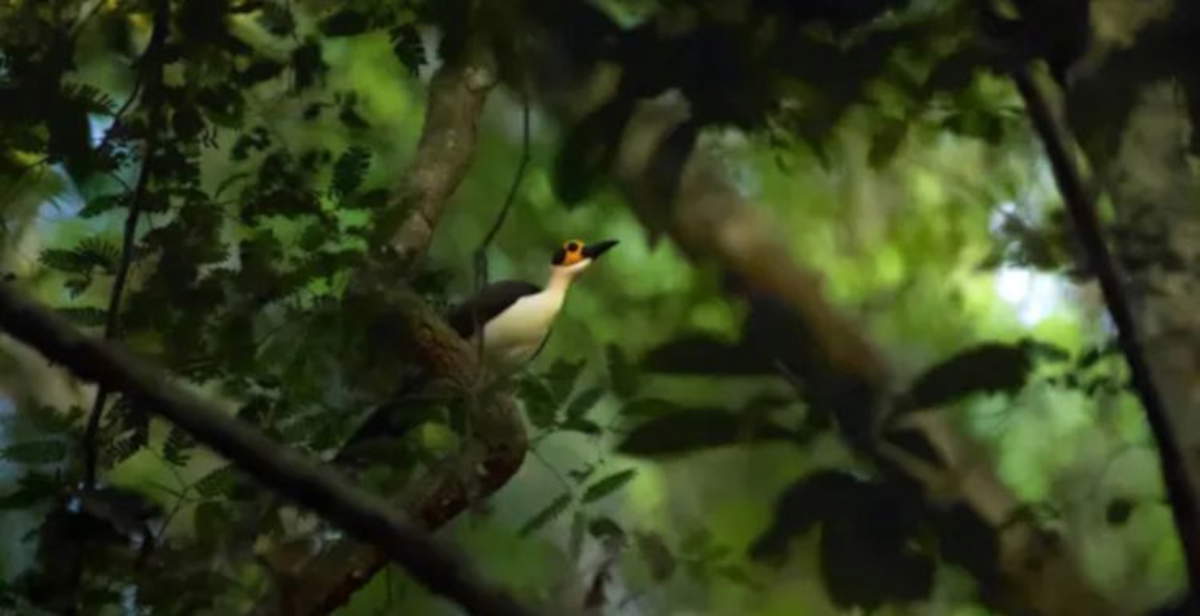The 47th session of the UNESCO World Heritage Committee closed in Paris with theinscription of 26 new sites to the World Heritage List. The new designations include cultural and natural properties from several continents and bring the total number of recognized sites in 170 countries to 1,248. Two extensions of existing sites are also added to the list, contributing to the creation of transboundary natural parks. All new entries thus receive the highest level of protection provided internationally.
This year’s edition was notable for its focus on the African continent, a theme at the heart of the UNESCO Directorate-General’s interventions. Four new African sites were inscribed and three previously considered at risk, located in Madagascar, Egypt and Libya, were removed from the World Heritage in Danger List. As of 2021, three other African sites, in the Democratic Republic of Congo, Uganda, and Senegal, had also been removed from the Endangered List. Since the beginning of 2020, UNESCO has allocated more than $34 million to African heritage, with interventions aimed at training local experts, supporting member countries’ nominations and funding safeguard projects. According to Director-General Audrey Azoulay, the strategy a concrete, daily and lasting commitment.
“With 196 States Parties,” Azoulay argues, “the World Heritage Convention is one of the most universally ratified in the world, proof of its influence and popularity in every corner of the globe. For the new sites enrolled this year, this notoriety comes with a great responsibility: that of keeping alive, protecting and promoting this exceptional heritage. Making Africa a priority is not a symbolic gesture. It is a concrete, daily and long-term commitment, driven by the idea that the continent should be recognized for its historical, cultural and natural importance. With 19 new sites inscribed and six jewels rescued from peril since my arrival at UNESCO, I am proud to see this continent take its rightful place among the World Heritage Sites.”
This year, for the first time, two African states, Guinea-Bissau and Sierra Leone, submitted their official nominations, strengthening the global and inclusive dimension of the list. Seven more African countries, currently still absent, are projected to submit their first proposal for inclusion by 2027. The committee also approved the extension of a site located between South Africa and Mozambique, which will result in the creation of a transboundary nature park of nearly 4,000 square kilometers.

A central aspect that emerged during the proceedings concerns the direct involvement of local communities in the nomination and conservation processes. Several of the sites inscribed in this session were proposed with the active support of resident populations, in collaboration with national authorities. This is the case for the four African sites and also for Murujuga in Western Australia, one of the most extensive petroglyph collections in the world, which carries with it spiritual and ritual values still alive among Aboriginal communities.
The approach recognizes the role of local people in protecting heritage as intangible, often intrinsically linked to landscape, collective memory and traditional practices. Indeed, sites continue to be experienced in the present, taking on identity value for those who inhabit them. Also on the Committee’s agenda was the issue of places of memory, which have become increasingly important on the World Heritage list in recent years. After the Auschwitz-Birkenau site, inscribed in 1979, and other more recent designations, Cambodia’s memorial sites dedicated to victims of the Khmer Rouge regime were approved for inscription in 2023. These are sites that once housed detention and repression centers, which have now been transformed into spaces for reflection, education and transmission of memory. For UNESCO, the sites demonstrate how heritage can make an essential contribution to peacebuilding through a process of historical elaboration involving communities and institutions.
Another common thread that has emerged among the new entries is prehistoric heritage, which accounts for nearly a third of the sites selected this year. Notable ones include the canyon of the Peruaçu River in Brazil, megalithic structures at Carnac and the banks of the Morbihan in France, and petroglyphs along the Bangucheon River in the Republic of Korea. The sites document human presence in the earliest centuries, offering material evidence on early forms of social, spiritual and artistic organization. Often vulnerable, they are considered fundamental to understanding the origins of modern civilizations.
Here, too, the Committee stressed the importance of ancestral knowledge still present in the practices of some indigenous communities, such as those related to the Murujuga cultural landscape or the Huichol sacred route in Mexico. Recognition of the sites also contributes to the preservation of knowledge that is orally transmitted and lived in everyday life, at the boundary between spirituality, ecology and culture.
The next session of the World Heritage Committee is scheduled for the summer of 2026 in Busan, Republic of Korea. It will be an opportunity to take stock of the implementation of new protection strategies and consider additional nominations from hitherto marginal or underrepresented contexts. The stated goal remains to ensure a balanced and universal representation of human heritage, valuing the diversity of cultural and natural expressions around the world.
 |
| UNESCO: 26 new sites on world heritage list, mostly in Africa |
Warning: the translation into English of the original Italian article was created using automatic tools. We undertake to review all articles, but we do not guarantee the total absence of inaccuracies in the translation due to the program. You can find the original by clicking on the ITA button. If you find any mistake,please contact us.